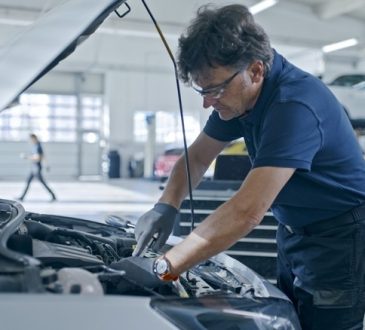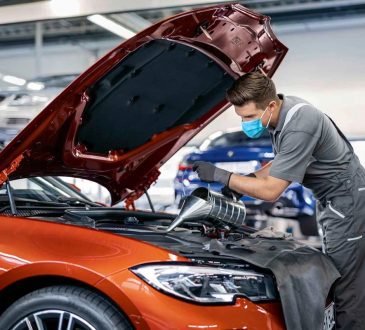Fender Flaws: How They Impact Tire Safety and Comfort

Car fenders contour precisely around wheel wells to allow safe tire movement and protect against road debris. When positioned properly, fenders don’t affect tire rotation or suspension travel. Deformation from a collision, curb contact, or old metal fatigue can restrict clearance. Even minor fender warping can cause the inner lip to grind against the tire, especially in turns or over bumps.
Common Causes of Fender Warping
Fender damage isn’t always dramatic or immediately visible. Light impacts in parking lots, scraping against a driveway edge, or even slamming a car door repeatedly can gradually misalign or bend the fender inward. In addition, rust on the inner fender structure can weaken mounting points, causing the panel to shift or collapse toward the wheel over time. Poor-quality repairs or aftermarket parts that don’t fit properly can also result in uneven gaps, increasing the risk of tire contact. This damage often goes unnoticed until the problem worsens or causes physical symptoms like rubbing or tire wear.
How Tire Rubbing Affects Driving Safety and Comfort
When a tire begins to rub against a damaged fender, the effects can range from annoying to dangerous. Initially, you might hear a faint scraping or rubbing noise during tight turns or when going over uneven terrain. Over time, continuous friction can wear down the tire’s sidewall, compromising its structural integrity. This increases the risk of a blowout or premature tire failure. In extreme cases, fender edges may even cut into the tire, especially when the suspension compresses under braking or cornering. For expert assistance, consider professional Auto Repair in Flushing, MI to address these issues effectively. Beyond safety concerns, rubbing causes vibration, noise, and a rougher ride.
Diagnosing and Repairing Fender-Related Tire Rubbing
If you suspect tire rubbing, it’s crucial to have your vehicle inspected by a professional body shop or mechanic. Technicians will assess the fender’s shape, mounting integrity, and spacing from the tire. They may use alignment tools or remove the wheel to get a clearer view of inner contact points. Depending on the extent of the damage, solutions may include reshaping or replacing the fender, adjusting mounting brackets, or trimming inner fender liners. In some cases, if the rubbing stems from an oversized tire or aftermarket suspension modifications, a suspension or tire-size correction may be required.
Preventive Measures and Long-Term Care
To avoid fender-related tire rubbing, regular inspections are essential especially after minor accidents or when replacing suspension components or tires. Keep an eye out for rust development, panel gaps, or changes in tire clearance. If you install larger wheels or tires, always check for sufficient fender clearance under full steering and suspension travel. By addressing fender issues early, you can prevent tire damage, ensure safer handling, and extend the lifespan of both your tires and fenders.









